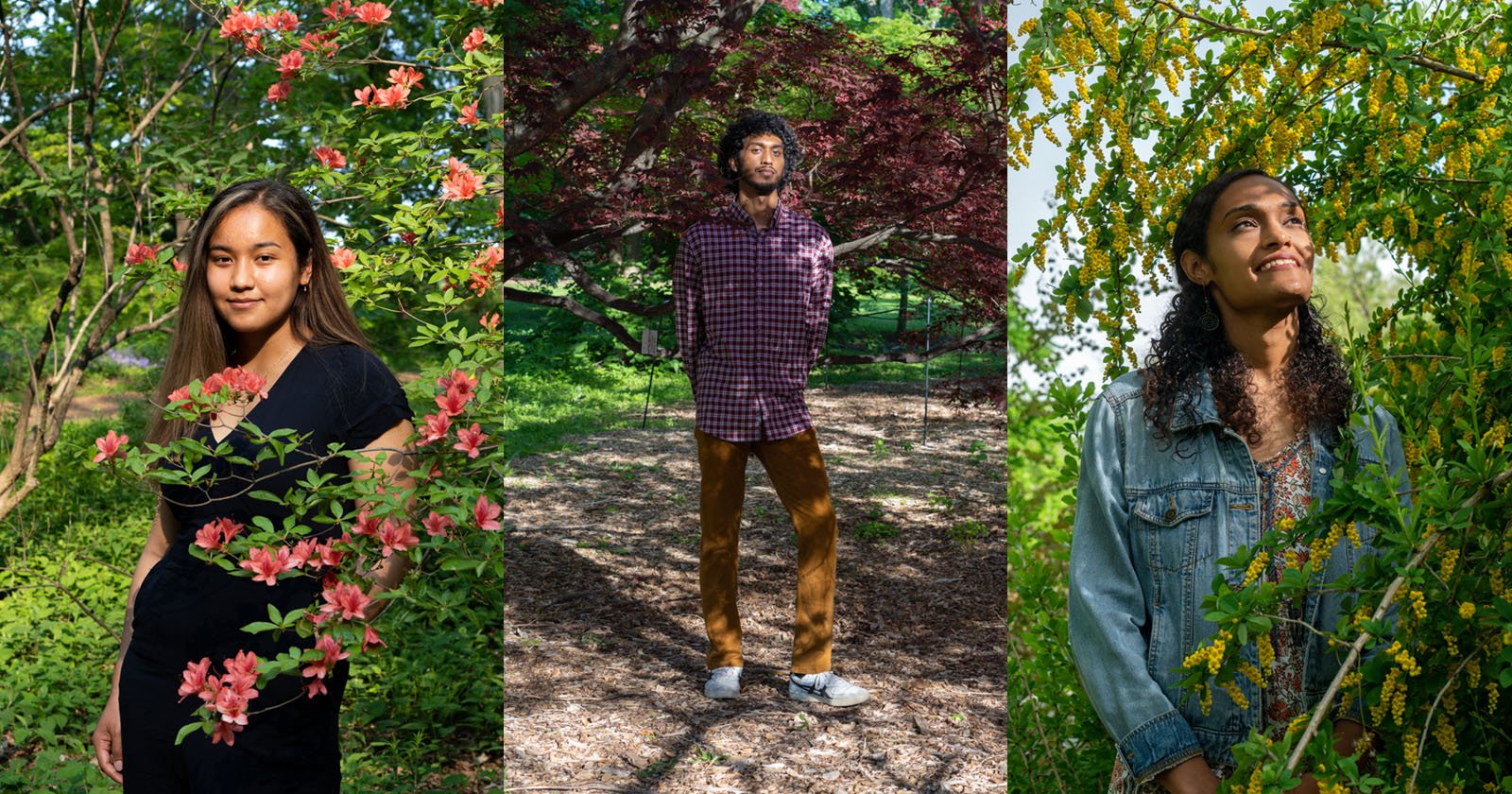Art + Science
Writing at the Intersection of Art and Science

Racial Justice Through the Lens of Science, Poetry, and Photography
Racial bias is well documented in photography—consider, for example, photographers’ inability to capture and expose darker skin tones with film. Within the emulsion of film, the chemicals that recapitulate light, is inherent social bias. There’s a distinct prejudice within the algorithms of our digital imaging technologies.
Photography and the Feelings of Others: From Mirroring Emotions to the Theory of Mind
Our ability to identify with and imagine someone else’s point of view is deeply ingrained into the architecture of our brain. Photography plays a unique role in triggering the network of brain regions that underlie empathy. To understand how photographs activate the aforementioned brain network, it’s first necessary to deconstruct emotional processing into simpler components. In this article I’ll describe the brain regions that support one of the most fundamental social skills that humans have: that of imitation.
Instagram and Anxiety of the Photographer – Part III
Over the past few years, iPhoneography has created a new form of photography that has and will continue to re-structure how we interface with technology, gather and generate data, and how we create narratives. iPhone (and similar smartphone) users employ mobile photography to disseminate mass amounts of information, to subvert cultural institutions, and for political rallying. These behaviors parallel the same strategies of the radical Avant-Garde art movements of the 20th century.
